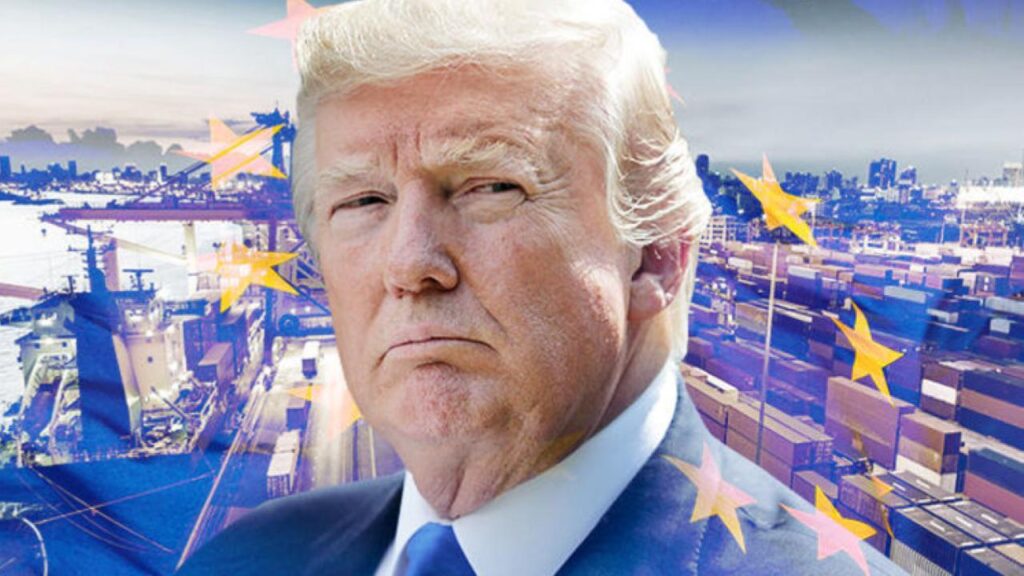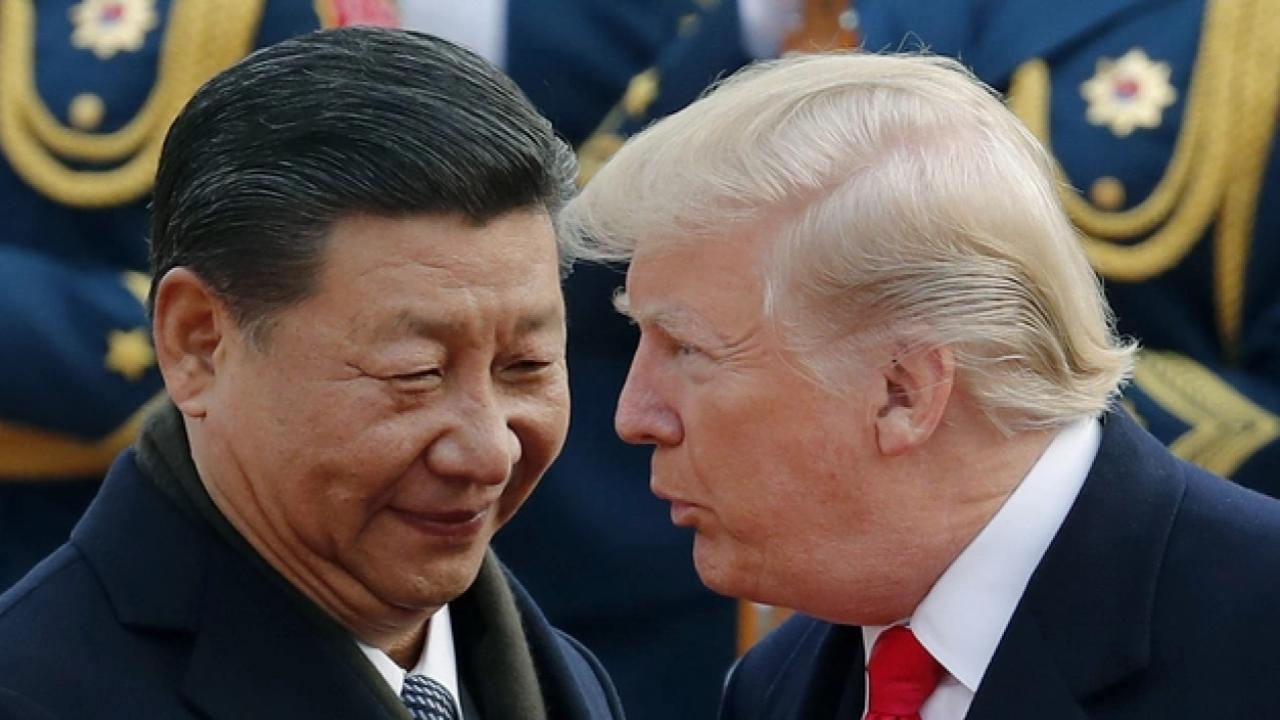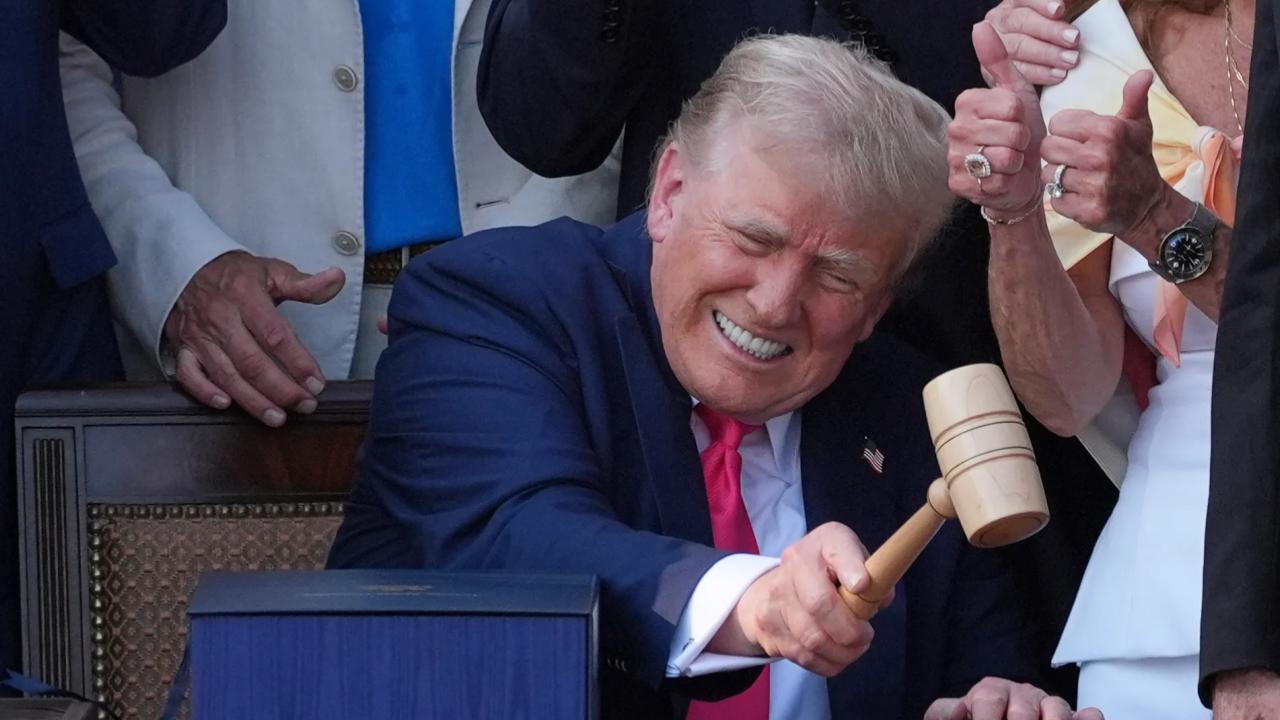When you hear “Trade War,” your mind probably zips back to 2018 when then-President Donald Trump slapped tariffs left and right on Chinese goods, rattling global markets and stoking fears of economic fallout. Well folks, it looks like we’re gearing up for round two—but this time, the European Union is in the hot seat. That’s right. Former President Donald Trump has fired a warning shot across the Atlantic, and the message is crystal clear: slash tariffs on American products—or brace for economic payback.

Trade War 2.0
| Topic | Details |
|---|---|
| Issue | Trump demands EU cut tariffs or face new 20% duties |
| Current Tariff Threat | 20% on EU imports if no deal is reached |
| Deadline for EU | July 8, 2025 |
| Current Negotiation Status | Temporary 10% tariff in place |
| EU’s Response | Suspended €23 billion in tariffs, prepared to retaliate further |
| Impacted Industries | Cars, tech, agriculture, pharmaceuticals |
Whether you see Trump as a strategic negotiator or a political powder keg, there’s no denying this move could shake up U.S.-EU relations in a big way. With the July deadline ticking down, businesses, governments, and consumers should buckle up. This could be Trade War 2.0—or just another hard-nosed negotiation tactic. Either way, the ripple effects could be felt around the globe, and your pocketbook might not be spared.
What’s Trump Asking the EU to Do This Time?
Donald Trump is once again turning up the heat on trade—this time demanding that the European Union lower its tariffs on U.S.-made goods. And if the EU doesn’t blink by July 8, 2025, he’s promising to slap a 20% “reciprocal” tariff on all EU imports to the United States.
Right now, there’s a temporary 10% tariff in place—half of what Trump originally threatened—so that negotiations can keep rolling. But if there’s no deal on the table by the deadline, the full 20% tariff could hit.
This isn’t just about economics—it’s political, strategic, and personal. Trump has made it clear: “America first” isn’t just a campaign slogan. It’s his blueprint for trade.
Why Is This a Big Deal for Americans and the EU?
A tariff war sounds like politics—but it hits your wallet. Here’s why this matters:
- EU goods will cost more in the U.S.—from BMWs and Audis to French wine and Italian cheese.
- U.S. exporters may suffer, especially industries like agriculture and pharmaceuticals that rely on European customers.
- It could weaken the U.S. dollar if trade slows down.
- It throws a wrench in transatlantic relations, just when cooperation is crucial for handling global crises like Russia’s aggression and climate change.
Think of it this way: it’s like Trump putting the EU in an economic headlock, and they’ve got until July to tap out—or fight back.
What’s the EU Saying in Response?
The European Union isn’t just sitting quietly. In fact, they’ve already:
- Suspended €23 billion worth of retaliatory tariffs.
- Threatened to bring back up to €95 billion in fresh penalties if Trump follows through.
- Called out Trump’s tactics as “unilateral and damaging,” with European Parliament President Roberta Metsola warning that this could undo years of diplomatic progress.
European officials are reportedly scrambling to save talks, and are hoping for a more cooperative tone. But they’re also preparing for the worst.
What Are the Specific Goods at Risk?
Let’s talk products. If Trump’s plan becomes reality, here’s what could be hit:
- EU imports into the U.S. (targeted): Cars, electronics, food & beverage
- U.S. exports to the EU (vulnerable to retaliation): Soybeans, medical devices, liquefied natural gas (LNG), tech
According to the USTR Office, in 2023 the EU exported over $500 billion worth of goods to the U.S. That’s a lot of cheddar. Any disruption in this flow could shake up prices, jobs, and profits—on both sides of the Atlantic.
Why Now? The Politics Behind the Tariff Threat
You might be wondering—why is Trump picking this fight now?
Here’s the deal:
- Trump is eyeing the 2024 presidential election, and this move signals to his base that he’s sticking to his “America First” mantra.
- He sees trade imbalances with Europe—especially in autos and agriculture—as unfair.
- The EU’s proposed digital tax on U.S. tech giants like Google and Meta is also a major sore spot.
By threatening tariffs, Trump is trying to pressure the EU into backing off—and giving better terms to U.S. companies.
Could This Turn into Another Full-Blown Trade War?
Short answer: It could. And it wouldn’t be the first time.
Remember the China-U.S. trade war under Trump? It lasted nearly two years, disrupted global supply chains, and hit U.S. farmers, manufacturers, and consumers with higher costs. The Congressional Budget Office estimated that U.S. households paid about $1,277 more annually as a result of those tariffs.
If this EU drama spirals out, we could see similar consequences—price hikes, supply delays, and diplomatic fallout.
What Does This Mean for U.S. Workers and Investors?
Here’s the upside and the downside:
Potential Gains:
- More domestic production if EU goods become more expensive
- Job creation in U.S. manufacturing
Risks:
- Retaliation from the EU that could hurt farmers and exporters
- Stock market volatility in sectors like automotive, agriculture, and energy
- Supply chain snags—just like we saw during the pandemic
Investors, especially those with holdings in multinationals or export-heavy firms, should be watching this space closely.
What Should Businesses and Consumers Do Right Now?
For businesses:
- Review your supply chain and identify EU dependencies.
- Talk to your trade attorney or compliance team about tariff mitigation strategies.
- Explore domestic or non-EU alternatives for sourcing.
For consumers:
- Expect price bumps on luxury goods and European imports.
- Stock up on items you love that come from the EU—just in case.
- Watch your investments—especially in auto, tech, and agri-stocks.
Frequently Asked Questions (FAQs)
Q1: Will these tariffs go into effect immediately?
No. The full 20% tariffs are only threatened if no agreement is reached by July 8, 2025. For now, a temporary 10% tariff is in place.
Q2: Is this official U.S. policy or just Trump’s suggestion?
Right now, this is Trump’s position, but if he regains power or influences Republican trade policy, it could become law.
Q3: What goods are most likely to see price increases?
Luxury vehicles (BMW, Mercedes), wine, cheese, electronics, and tech devices are at high risk of cost hikes.
Q4: Could this impact the 2025 U.S. economy?
Yes, depending on how the EU responds. It could affect exports, jobs, and consumer prices.
Q5: Where can I track updates on this issue?
Check updates via Financial Times, Reuters, and the U.S. Trade Representative Office.






